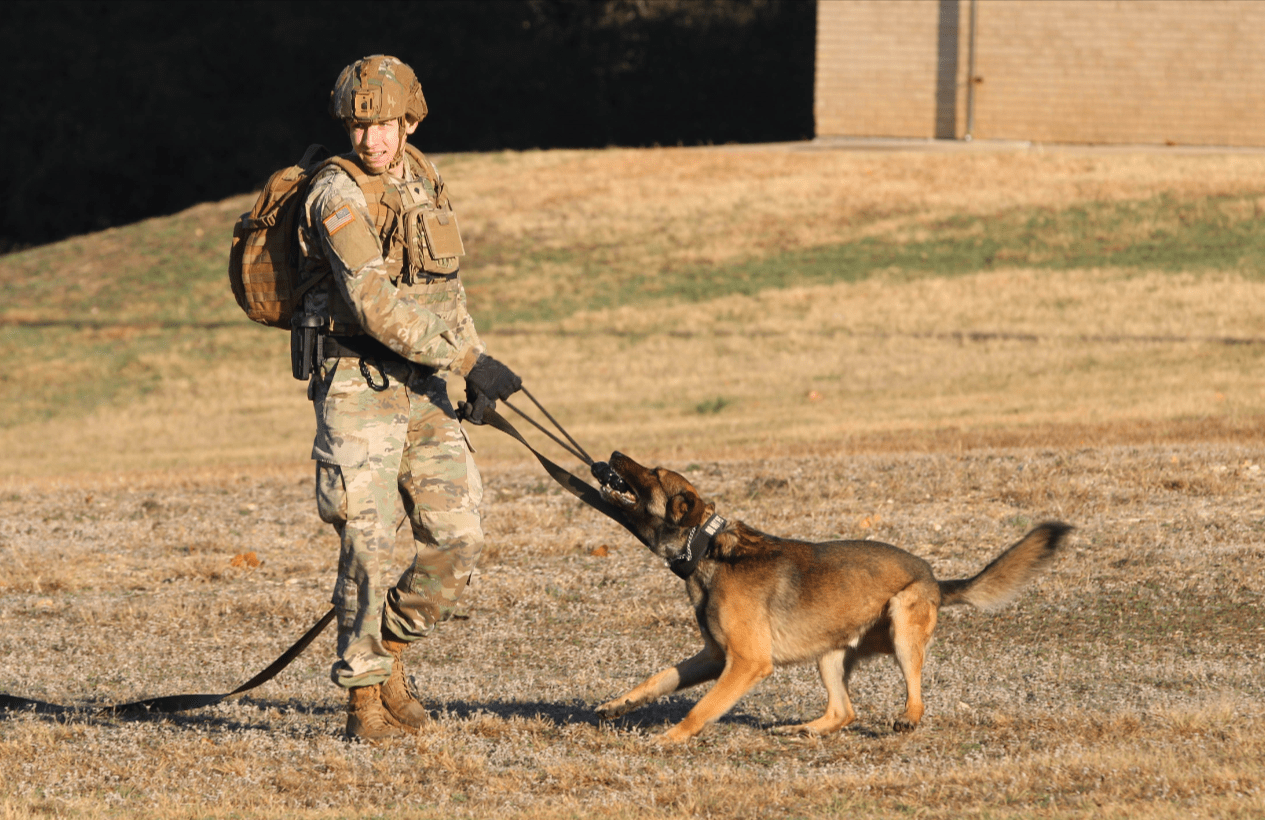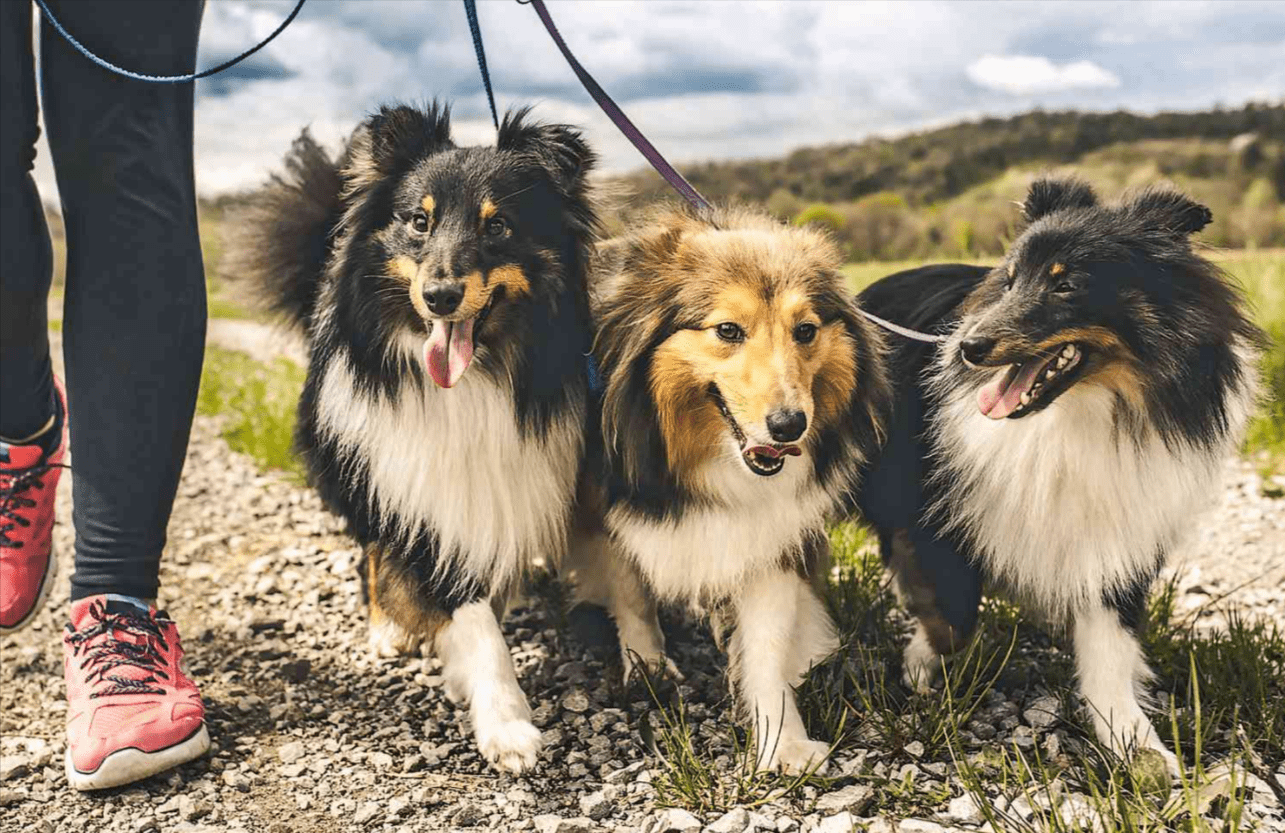German Shepherds rank among the most beloved dog breeds globally, celebrated for their intelligence, loyalty, and athletic prowess. These robust dogs are characterized by their distinctive brown-and-black coloring and sleek physique, which enhances their strength and agility.
While German Shepherds excel as herding dogs, they are equally adept at serving as service animals, including guide dogs for the visually impaired. Their versatility extends to roles as police officers, military personnel, guard dogs, and even actors in films.
German Shepherds are incredibly versatile dogs, but they require owners who can provide ample opportunities for them to use their energy and intelligence. If you believe you can meet their needs, continue reading to discover more about this remarkable breed.
Here’s the information formatted in a table:
| Breed Overview | |
|---|---|
| Group | Herding |
| Height | 22 to 26 inches |
| Weight | 60 to 100 pounds |
| Coat | Medium-length, coarse double coat |
| Coat Colors | Black and tan, black and cream, black and red, black and silver, solid black, gray, sable. Blue, liver, and white are undesirable. |
| Temperament | Intelligent, courageous, alert, bold, loyal, protective |
| Hypoallergenic | No |
| Origin | Germany |
Main Characteristics of the German Shepherd
German Shepherds are known for their protective and loyal nature, making them steadfast companions. With a strong work ethic ingrained in them, they rank as one of the top dog breeds in the United States, holding the No. 4 spot in 2022. Their popularity is largely due to their excellent suitability as family pets. While they are affectionate with their families, they may be reserved around strangers and newcomers, thriving on the attention and care provided by their loved ones.
This breed may not be suitable if you are often away from home, live in a very small space without a yard, or have limited time to dedicate to your pet. German Shepherds require significant companionship and attention to flourish, and to prevent destructive or undesirable behaviors that can result from anxiety or boredom.
Although many German Shepherds are cherished family pets, a significant number also work in various roles that benefit people. These hardworking dogs are employed in search-and-rescue operations, police work, drug and bomb detection, service tasks, and even in the entertainment industry.
Here’s the table with the attributes rearranged:
| Attribute | Level |
|---|---|
| Barking Tendency | High |
| Good with Kids | Very High |
| Playfulness | Very High |
| Friendliness | Moderate |
| Affection | Very High |
| Energy Level | Very High |
| Shedding Amount | High |
| Good with Other Pets | Low |
| Intelligence | Very High |
| Exercise Requirements | High |
| Ease of Training | Very High |
The History Behind the German Shepherd Breed
For centuries, the predecessors of German Shepherds served as both helpers and companions to people. Evolving from traditional shepherd and farm dogs, the modern German Shepherd breed was established in Germany in 1899 by Capt. Max von Stephanitz.
Global interest in the breed started to grow in the early 1900s, and the German Shepherd was officially recognized by the American Kennel Club (AKC) in 1908. During World War I and World War II, the name “German” was removed, and the breed was commonly known as the Shepherd Dog or Alsatian—a term still frequently used in Europe.
The breed’s increasing popularity has resulted in cross-breeding, leading to the creation of King Shepherds, a hybrid between German Shepherds and Shiloh Shepherds.
How to Care for a German Shepherd
German Shepherds need regular care, consistent training, and dedicated attention, but they offer years of loyalty and affection in return. They adapt well to family life, especially if they are adopted as puppies, allowing them plenty of time to adjust to their new environment and receive proper training.
Exercise
German Shepherds require ample regular exercise due to their high energy levels. A daily walk alone isn’t sufficient. If you’re a runner, a German Shepherd can be an excellent running partner. These dogs need opportunities to run, play, and explore to avoid frustration, boredom, and excess energy. Without adequate stimulation, they may engage in undesirable behaviors like barking, digging, and chewing.
Even when they aren’t bored, German Shepherds enjoy chewing and have strong jaws, so it’s important to provide them with durable chew toys.
These dogs thrive in homes with a fenced yard where they can play, rather than in an apartment. It’s crucial that they receive ample attention and are not left alone for long periods during the day.
Grooming
German Shepherds have medium-length, coarse, and occasionally wiry fur with dense undercoats. To manage their relatively high shedding, their coats should be brushed every few days as part of regular grooming. Despite this, you can expect dog hair on your clothes and furniture, so frequent vacuuming will be necessary. Fortunately, their coats are resistant to dirt and debris, so you only need to bathe your German Shepherd about once a month. Excessive bathing can remove the natural oils that maintain their coat’s health.
Make sure to keep your dog’s nails trimmed to ensure they can walk comfortably. Additionally, maintain good dental health by brushing your dog’s teeth a few times each week.
Training
With appropriate training and socialization, German Shepherds can become gentle companions and effective family protectors. This breed is well-suited for active households, and their intelligence and protective nature make them a great option for families with children, provided they receive the right training.
German Shepherds may develop anxiety or aggression if they are not properly trained and managed. Ideally, these dogs should be trained to undertake tasks they can take pride in, such as participating in canine sports. Their intelligence and eagerness to work typically make training relatively straightforward. Additionally, socializing your German Shepherd will help ensure they remain calm and confident when encountering new people, animals, or environments.
Common Health Conditions
Responsible breeders work to uphold the highest breed standards set by organizations such as the American Kennel Club. German Shepherds bred according to these standards are less prone to inherited health issues, but some hereditary conditions can still occur in the breed. Here are a few health concerns to be aware of:
- Hip Dysplasia: This genetic orthopedic condition impacts the hip joints in many large-breed dogs. It leads to pain, limping, and joint degeneration.
- Elbow Dysplasia: Similar to hip dysplasia, this orthopedic issue affects the front legs of dogs, causing discomfort and potential joint problems.
- Elbow Hygroma: This concerning, non-cancerous swelling appears over a dog’s elbow and is filled with fluid. It is often caused by minor trauma. While it may look unsightly, it generally does not cause pain unless it becomes infected.
- Gastric Dilatation-Volvulus (GDV): Commonly known as bloat, this severe condition occurs when a dog’s stomach inflates with gas or food and then twists within the abdominal cavity, obstructing the stomach’s exits. Without immediate treatment, bloat can be life-threatening.
- Degenerative Myelopathy: This progressive neurological disorder impacts a dog’s spinal cord, initially causing weakness in the hind legs and eventually leading to paralysis.
Nutritional Requirements
An adult German Shepherd typically requires two meals a day, with each meal consisting of up to 2 cups of dry dog food. The exact amount may vary based on the dog’s size, activity level, age, and health. You might also consider mixing canned dog food with the kibble to add variety and flavor. To reduce the risk of bloating and stomach torsion, avoid feeding a single large meal per day, which can lead to rapid gulping. Ensure your dog always has access to clean, fresh water.
Keep an eye on your dog’s weight and address any signs of overweight promptly, as obesity can reduce their lifespan. Consult with your veterinarian to discuss your dog’s nutritional requirements and receive guidance on appropriate feeding schedules and types of dog food throughout their life.
Where to Find a German Shepherd for Adoption or Purchase
If you’re interested in adopting a German Shepherd, begin by reaching out to these organizations:
These organizations can offer guidance on the adoption process and connect you with reputable breeders if you prefer to buy. The AKC also features a marketplace where you can find information on AKC-registered litters that are raised in accordance with breed standards. Prices for German Shepherd puppies typically start at around $2,000 or more, depending on factors such as sex, appearance, demand, and lineage.
German Shepherds, including mixes, are frequently available at animal rescues. If you’re open to adopting a non-purebred dog or prefer rescuing a pet rather than buying one, starting your search with local animal rescue organizations is a great option.
German Shepherd Overview
German Shepherds remain a highly sought-after breed and are expected to be loving and devoted companions for many years. If you can meet their needs for training, exercise, and companionship, they will make a wonderful addition to your home and family.
Pros:
- Loyal and affectionate
- Intelligent and trainable
- Effective as a guard dog
- Highly versatile
Cons:
- Requires a yard and ample exercise
- Sheds regularly
- Can exhibit aggression if not properly trained
- May not always get along with other pets
FAQs
How long can German Shepherds be left alone?
German Shepherds should not be left alone for more than a few hours at a time. If you need to be away for longer periods, ensure your dog has plenty of toys for chewing and playing to keep them occupied.
Are German Shepherds low maintenance?
No, German Shepherds are not considered low maintenance. They require significant training initially, and ongoing attention for exercise and grooming is necessary, including regular brushing to manage their fur.
How long do German Shepherds live?
According to the American Kennel Club, German Shepherds typically have a lifespan of around 10 years.



